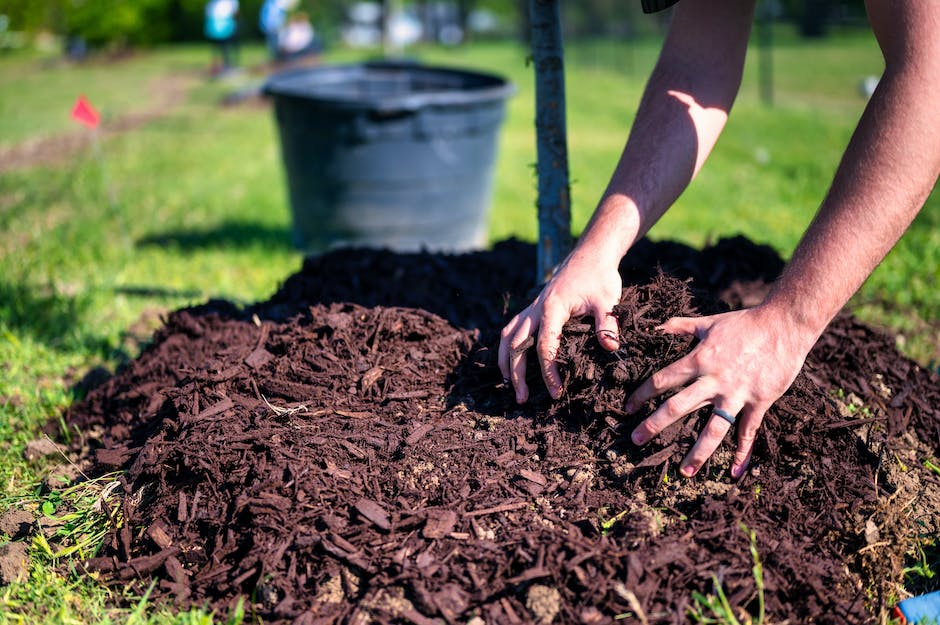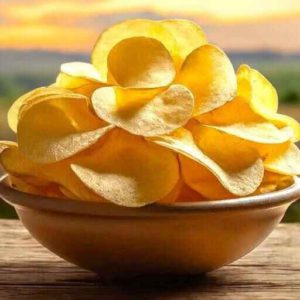Have you ever wondered why some gardens look healthier and more vibrant than others? The secret often lies in one simple gardening trick-mulch!
Mulching is a game-changer for anyone who wants to improve soil quality, control weeds, and protect plants. But with so many mulch options, how do you choose the right one?
In this guide, you’ll learn about different mulch types and their benefits so you can make the best choice for your garden. Keep on reading!
What is Mulch?
Mulch is something that is spread on top of the ground to help plants grow. For better soil health, it keeps water in the ground and stops weeds from growing. Natural and man-made mulch are the two main types.
Inorganic mulch is made up of things like rocks or rubber, while organic mulch is made up of things like wood chips, straw, and leaves. Which mulch to use depends on what you want to achieve with your garden.
Organic Mulch
Organic mulch is made from things that come from nature and break down over time. As it breaks down, it adds nutrients to the soil, making it better.
Shredded bark, straw, grass clippings, and compost are some examples. This kind of mulch helps keep the soil at the right temperature and gives good bugs a place to live. But because it breaks down, you’ll have to keep adding to it.
Inorganic Mulch
Since inorganic mulch doesn’t break down, it lasts longer. Gravel, rubber mulch, and landscape fabric are some examples. That is why this kind of mulch is great for paths and other places where you don’t want plants to grow.
It’s also helpful in dry places where keeping water in is very important. It does not, however, add nutrients to the soil as organic mulch does.
The Benefits of Using Mulch
Mulch is good for your garden in many ways. You don’t have to water as often because it keeps the soil moist.
It keeps weeds from taking over your garden. Mulch also keeps plant roots from getting too hot or too cold.
Over time, organic mulch can make the soil more fertile and improve its structure. It also makes your garden look neat and well-kept.
How to Apply Mulch Correctly
To get the most out of mulch, apply it correctly. Spread a 2-3 inch layer around your plants, but avoid piling it against the stems to reduce the risk of rot and pests.
Reapply mulch as needed, especially if using organic types that break down. Inorganic mulch should also be checked and adjusted occasionally. If you need fresh mulch fast, consider using a service that offers same-day mulch delivery near Plainfield, IL.
Choosing the Right Mulch for Your Garden
The right mulch for you will depend on what you need it for. Pick organic mulch like bark or compost if you want to improve the soil.
Gravel or rubber mulch are the best ways to keep weeds out of paths. Straw is great for vegetable gardens because it keeps the soil moist.
Shredded leaves are a cheap option that will help flower beds. Learn about what will work best for your garden and then choose that.
Mulch is a Must for a Thriving Garden
Mulch is a simple yet powerful tool for any gardener. It improves soil, prevents weeds, and keeps plants healthy.
Whether you choose organic or inorganic mulch, using it correctly will enhance your garden. Now that you know the different types and benefits, you can make an informed choice.
Did you like this guide? Great! Browse our website for more!





Be First to Comment